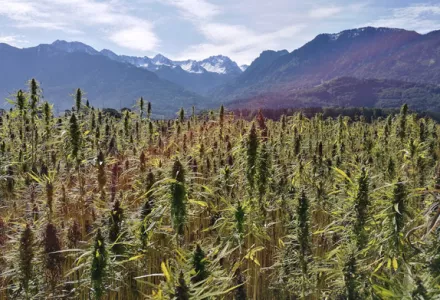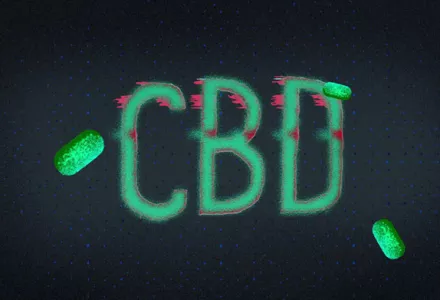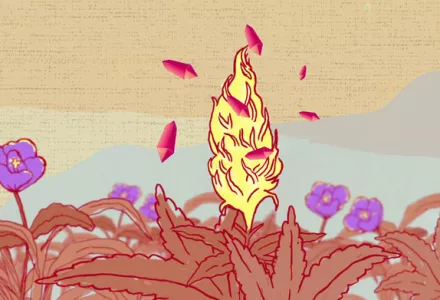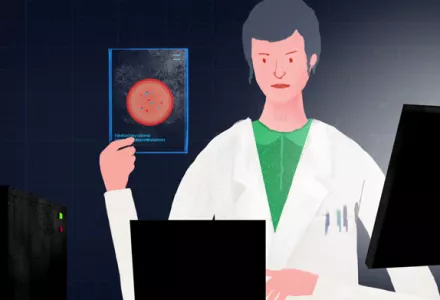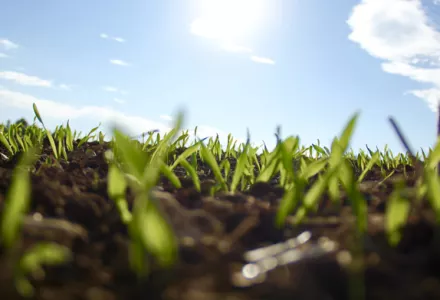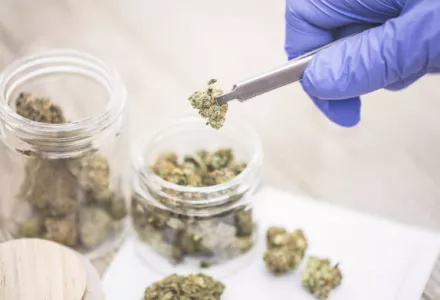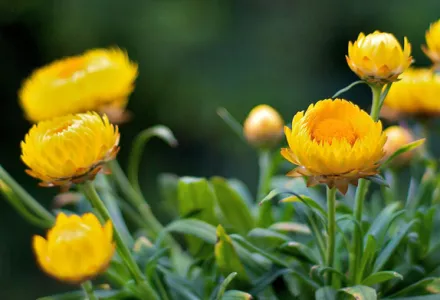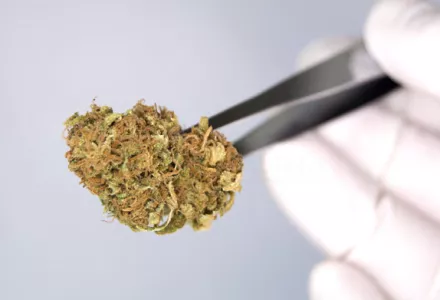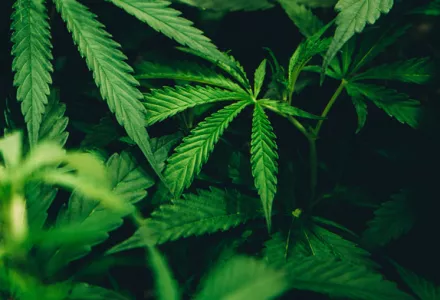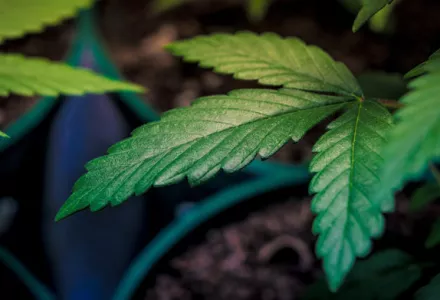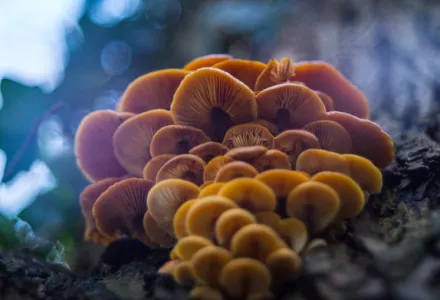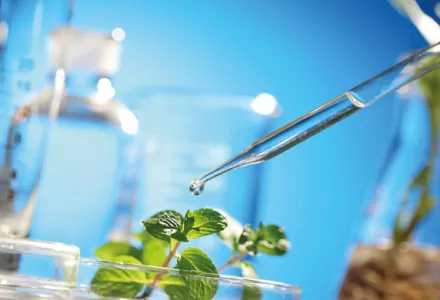This is an article created by Fundacion CANNA, a Spanish non-profit organization that carries out studies and conducts research on Cannabis and its active compounds. Its main focus is on Cannabis plants and their active compounds, related studies and scientific research, especially regarding its effects on the human body and mind and regarding Cannabis use and its derivatives. Fundación CANNA has it’s own laboratory where different kind of tests are performed.
Δ-9-Tetrahydrocannabinol, more commonly known THC, is the most important and abundant psychoactive (i.e. perception and mood-altering) component in varieties of the cannabis plant classed as psychoactive. Under international regulations, non-psychoactive varieties –known as hemp– must contain less than 1% THC.
The amount of THC contained in psychoactive plants varies from one strain to another and even within the same strain, depending on growing conditions. The concentration can range from low amounts to over 25% in some varieties.
Psychoactive and Psychotropic Cannabinoids
The three cannabinoids that have a psychoactive effect are THC, cannabinol and delta-8-THC. Of these, the most potent and most abundant is THC. Psychoactivity is the effect sought in recreational -or adult- use.
Other cannabinoids, such as CBD, CBG and THCV, are psychotropic, i.e. they have an affinity for receptors in the central nervous system where they act, but they are not psychoactive – in other words, they do not cause a "trip". Indeed, CBD actually antagonises the psychotomimetic effects of THC.

